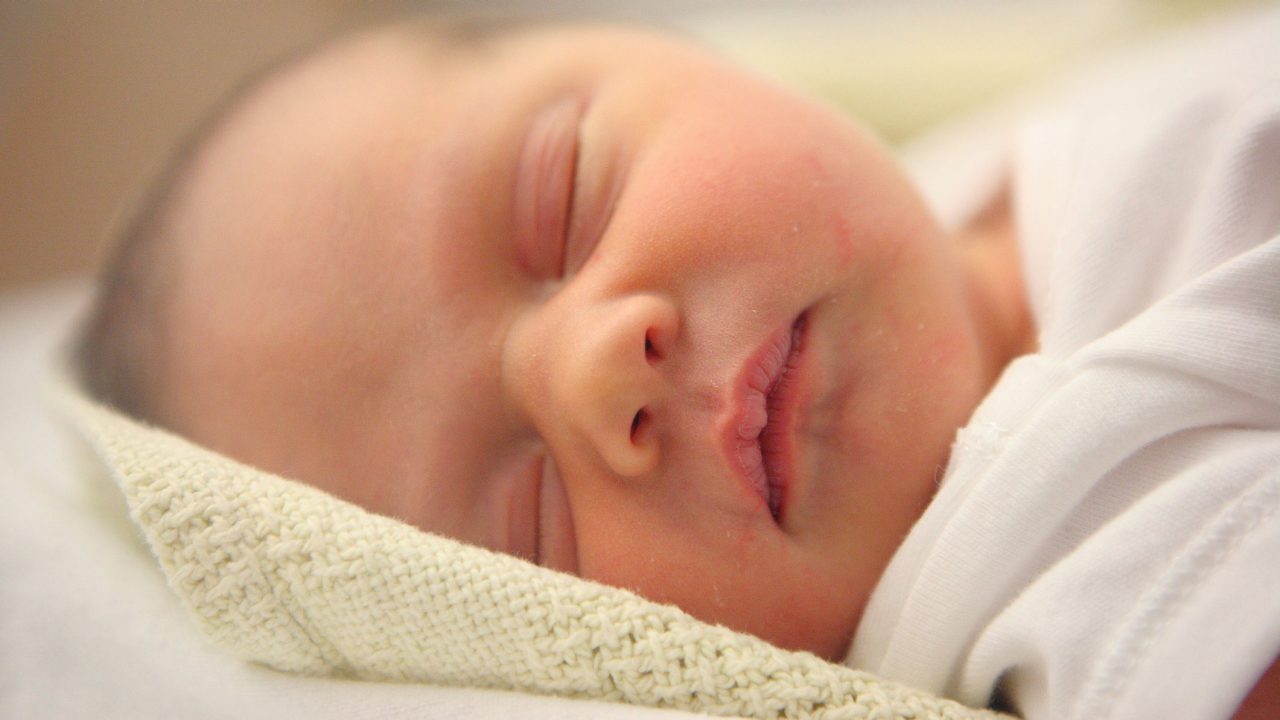Protecting Your Baby after a C-Section

Mothers debate the idea of bathing a C-section baby with vaginal fluid to take advantage of the helpful properties of microbiota. Here's what you should know.
When babies squeeze through the birth canal, they are bathed in microbe-laden vaginal fluid and take those microbes with them into the world.
But about a third of American infants miss the birth canal trip because they’re born by C-section. They are colonized at first only with microbes that live on skin, possibly picking them up through dust in the operating room.
That difference could have dramatic effects on your children’s health. C-section babies are more likely to suffer from allergies, obesity, asthma, celiac disease, and possibly type 1 diabetes, research suggests.
The idea that C-section babies might benefit from a swab of vaginal fluids after birth has been gaining discussion.
YOU MIGHT ALSO LIKE: Guide for First-Time Moms
In a pilot study, researchers tried the idea on four babies. An hour before a C-section, doctors inserted a square of wet, folded gauze into the mothers’ vaginas to soak their fluid, taking it out just before the surgery. Within a minute of birth, they swabbed the newborns with the gauze on their lips, faces, trunks, arms and legs, genitals, anuses, and backs. The rubdown took a few seconds, but it led to changes that lasted through the first month.
It turns out that the swabbed newborns had gut, mouth, and skin bacteria more like what you’d find in a baby born vaginally — very different from the bacteria in unswabbed C-section newborns.
The study doesn’t prove that the microbes improve health or stay around longer than a month. Some parents, however, are requesting the procedure, named “seeding.”
The trouble is that vaginal fluid can also contain harmful bacteria and viruses. Herpes simplex virus can lead to death and disability in newborns. Chlamydia and gonorrhea can cause severe eye infections. Group B streptococcus can trigger meningitis.
YOU MIGHT ALSO LIKE: How to Care for Your Newborn
In the swabbing study, the four women had been tested for pathogens and signs of infections. The gauze was handled carefully so it didn’t pick up any new germs. Mothers who want to try the idea might ask for testing close to delivery, even if they had tests for group B strep and STDs during their pregnancy.
But your best move to get your baby bathed in vaginal fluid is to have a vaginal birth.
Take steps to avoid a C-section:
- Gain only the recommended amount of weight
- Exercise during pregnancy
- Avoid an elective C-section
The hospital you choose counts, too. In low-risk births, hospital rates for C-sections range from 11.2 percent to 68.8 percent. Some hospitals have rules pushing doctors towards a C-section if the baby is large or has a particular pattern on a fetal heart rate monitor.
The numbers of C-sections have soared without any important fall in cerebral palsy or other outcomes that a C-section is supposed to prevent. The surgeries put mothers at risk of hemorrhage, infection, and postpartum depression. Having your first baby by C-section increases your chance of a second C-section, and the risk rises each time you’re pregnant.
Breastfeeding may also encourage good microbes to flourish. Improve your own gut flora, eating more of a group of food called prebiotics because they nourish probiotics, or friendly bacteria. Prebiotics are nondigestible carbohydrates you’ll find in whole grains, onions, garlic, leeks, artichokes, asparagus, and chicory root.
Updated:
August 31, 2023
Reviewed By:
Janet O’Dell, RN